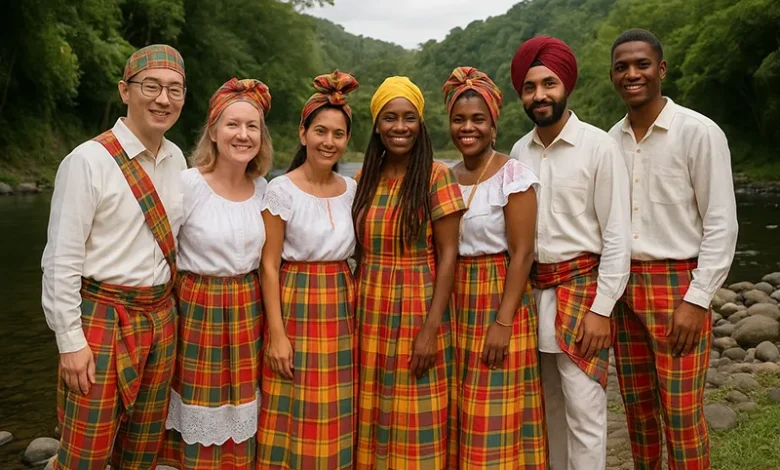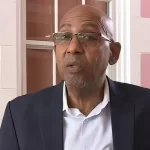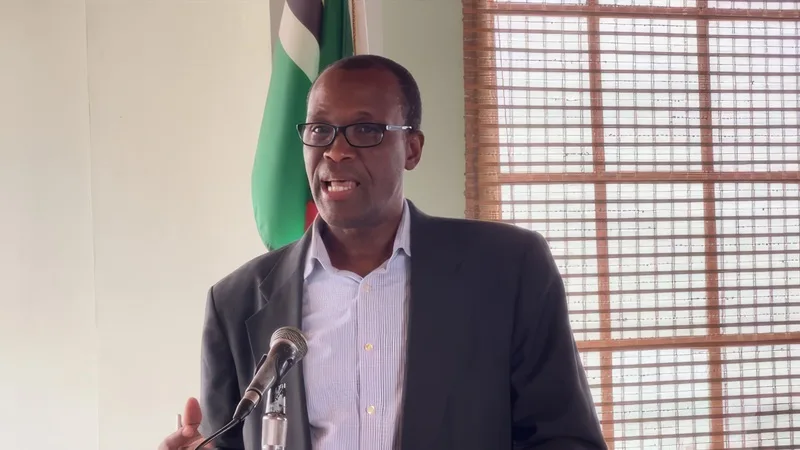People from Dominica

The people of Dominica comprise a resilient and culturally rich population, rooted in centuries of migration, resistance, and adaptation. With just over 72,000 citizens as of the 2024 estimate, Dominica’s demographic identity reflects a vibrant Caribbean heritage shaped by the legacies of the Kalinago people, African descendants, and smaller communities of European and Asian origin.
Historical Overview of Dominica’s People
Waves of history have shaped the population of Dominica. The island’s first known inhabitants were the Kalinago, whose presence continues today through the Kalinago Territory, home to approximately 3,000 people. With European colonization came the transatlantic slave trade, establishing a population of African descent that now forms the majority of Dominicans. Emancipation in 1834 and later immigration from regions like Lebanon, India, and China added further diversity to the population mix.
By the 1950s, emigration patterns had begun to shift the demographic landscape. Thousands of Dominicans left for the UK, US, and Canada, creating a sizable diaspora. Today, more than 150,000 people of Dominican heritage live abroad, more than twice the island’s current population. This diaspora remains actively involved through remittances, political engagement, and cultural exchange.
Demographics and Population Structure
According to 2024 projections, Dominica’s population sits at approximately 72,100 people. The island has experienced a slow decline due to low birth rates and ongoing emigration. Key figures include:
- Urban population: 70.3%
- Rural population: 29.7%
- Youth (under 15): 21%
- Elderly (65+): 11%
- Median age: 36.9 years
Roseau, the capital, and Portsmouth are the main population centres. Many rural villages, such as La Plaine, Mahaut, Grand Bay, and Marigot, remain home to tight-knit communities with strong cultural ties.
Cultural Identity and Diaspora Ties
The people of Dominica express their identity through language, religion, music, and community life. English is the official language, while Kwéyòl (Creole) remains widely spoken, especially among older generations and in rural communities. Roman Catholicism is the dominant faith, although the Evangelical and Seventh-day Adventist movements have also grown.
Globally, Dominicans have left strong footprints in fields such as literature, sports, music, and politics. Figures like Jean Rhys, Roosevelt Douglas, and Ophelia Marie have elevated Dominican voices internationally.
Cultural retention is vital to identity. Annual events like Independence Day, Creole in the Park, and World Creole Music Festival reconnect diaspora members and strengthen national pride.
Migration and Economic Contribution
The flow of people from Dominica to the UK during the Windrush generation and later to North America has had profound effects on both host and home countries. Remittances are a crucial source of foreign exchange, estimated at nearly 10% of GDP. Additionally, returning nationals frequently invest in housing, businesses, and education.
However, this migration also contributes to brain drain, particularly in sectors like healthcare and education. Government strategies now include engaging the diaspora through formal partnerships, dual citizenship opportunities, and professional networks.
Education, Youth and National Identity
The majority of Dominicans pursue secondary education, and there is a steady increase in tertiary graduates from institutions such as the Dominica State College, UWI Open Campus, and foreign universities. Programs promoting national identity among youth have been supported through schools, youth groups, and civic activities.
Efforts such as the Dominica National Youth Council and Youth Skills Training Program are central to shaping civic-minded, socially engaged citizens.
Key Demographic Trends
- A steady population decline from 74,000 in 2011 to 72,100 in 2024
- Rural-to-urban migration has concentrated economic and educational opportunities in Roseau and the surrounding areas
- Life expectancy stands at approximately 77 years for women and 72 for men
- A growing elderly population is prompting national discussions on elder care and pension support




